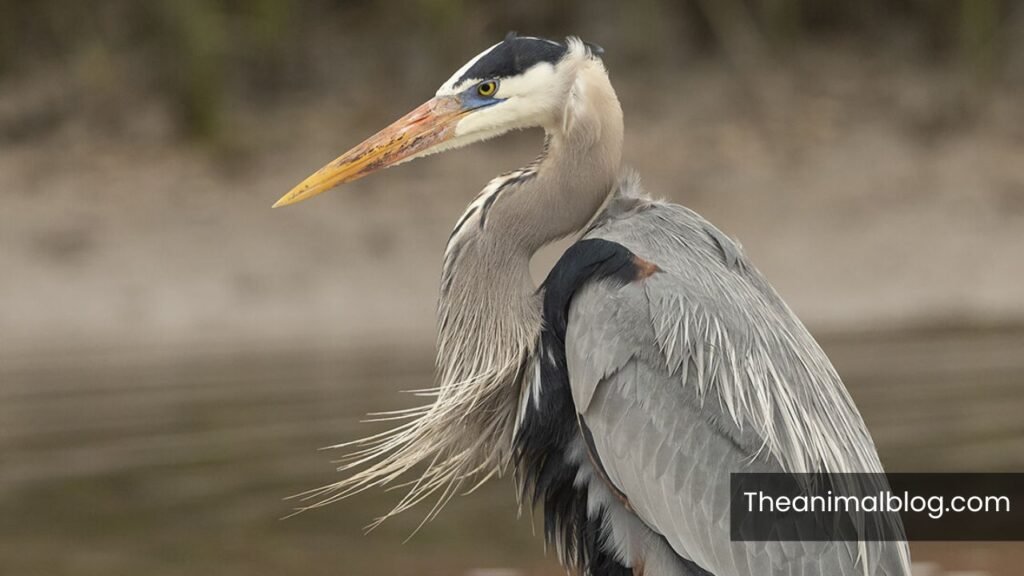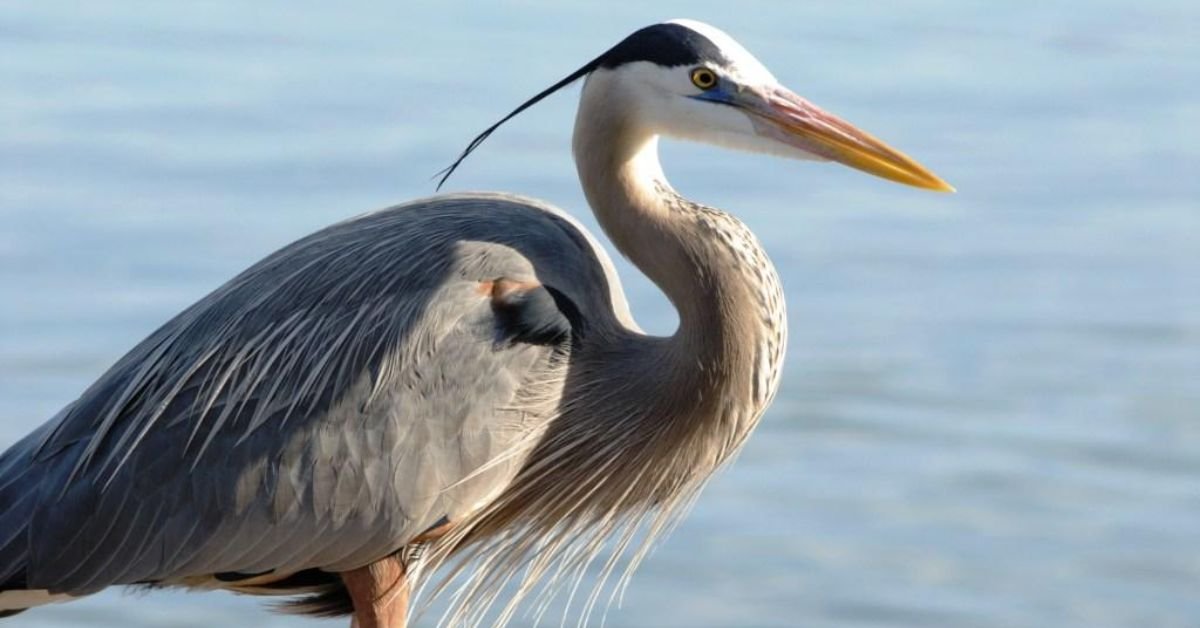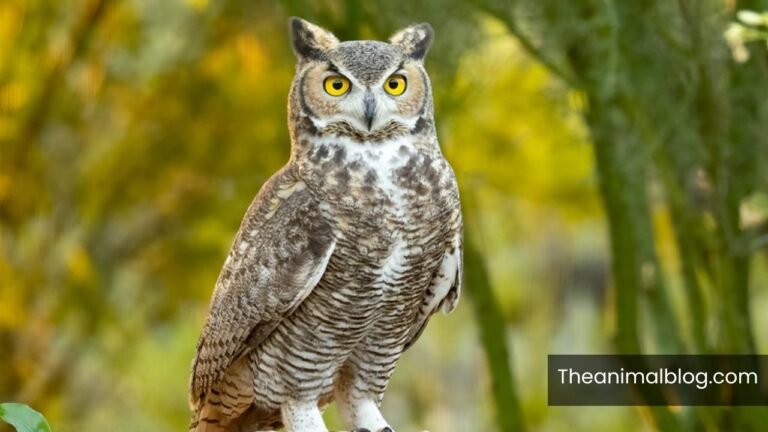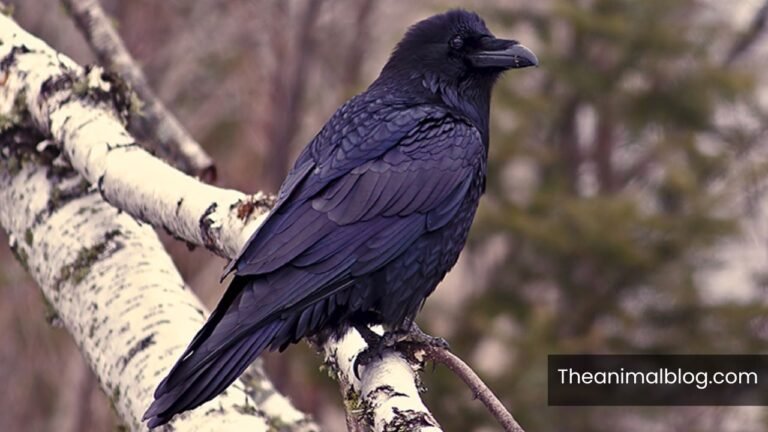10 Fascinating Great Blue Heron Fun Facts Spiritual Meaning and Symbolism
The elegance of the great blue heron, often recognized as a symbol of tranquility and balance, is matched only by its striking features and impressive blue heron height. In this comprehensive exploration, we will share 10 intriguing great blue heron fun facts that illuminate both its natural history and spiritual significance.
As we delve into topics like their migratory behavior, we will address whether do blue herons migrate. And their scientific classification through the great blue heron scientific name, you’ll discover how these birds embody strength and grace, enriching your connection to the natural world.
Symbolism of Great Blue Heron
The Great Blue Heron, with their scientific name (Ardea herodias), symbolises adaptability and resourcefulness. It is found in diverse habitats ranging from wetlands to coastal shores. This bird thrives in varied environments, teaching us the importance of flexibility in our own lives.
Just as the heron adjusts its hunting techniques to suit different circumstances, we too must learn to navigate change with grace and resilience.
Wisdom
The Great Blue Heron, with its striking silhouette and serene presence, embodies the essence of wisdom in nature. Often seen standing still by the water’s edge, this majestic bird teaches us the art of patience and contemplation.

It encourages us to slow down and reflect, fostering deeper connections with both ourselves and the natural world.
Spirit Animal
The Great Blue Heron, with its majestic wingspan and poised demeanor, embodies a rich tapestry of symbolism that resonates deeply with those who regard it as a spirit animal. This elegant bird represents patience and grace, reminding us to take our time in pursuing our dreams.
Patience and Grace
It with its elegant stature and poised demeanor, embodies the essence of patience and grace in the natural world. Standing silently by the water’s edge, this majestic bird epitomizes the art of stillness, teaching us that sometimes the most profound wisdom comes from moments of quiet contemplation.
Solitude and Reflection
It serves as a poignant symbol of solitude and reflection. Often found standing still in tranquil waters, this majestic bird embodies the art of patience, inviting us to embrace moments of quiet introspection.
Its solitary presence on the water’s edge reminds us that true strength often lies in moments of stillness, where we can dive deep into our thoughts and emotions.
Symbolism of Seeing a Great Blue Heron
Much like finch symbolism, which emphasizes joy and adaptability, the heron encourages us to find our unique path while remaining grounded in our values. This bird’s ability to thrive in diverse environments reflects the importance of resilience and flexibility in our own lives.

This bird’s solitary nature encourages introspection, urging us to embrace solitude as a pathway to self-discovery. When we encounter a heron, it may be a gentle nudge from the universe to honor our inner wisdom and trust in our unique path, even when the waters of life become murky.
Cultural Significance of the Great Blue Heron
This bird, with its striking stature and graceful movements, has long been a symbol of resilience and adaptability across various cultures. In Native American traditions, this majestic bird embodies wisdom and patience, often appearing in folklore as a guide for spiritual journeys.

In contemporary art and literature, the heron continues to inspire creativity, representing the delicate balance between nature and humanity. This connection to nature fosters a deeper appreciation for wetlands and ecosystems, reminding us of our responsibility to protect these vital habitats.
Do Great Blue Herons Migrate?
Yes, the Great Blue herring bird migrates, but not all of them. Many head to warmer areas during the winter, some choose to stay in northern regions if there’s enough open water for fishing.
This can be a risky choice, as they may struggle to find food if the water freezes, but it allows them to avoid the dangers that come with migration. So, do blue herons migrate? it really depends on the individual heron’s circumstances and environment.
Great Blue Heron Size
The great blue heron is the largest heron in North America, reaching heights of around 4 feet. With their impressive stature, they only weigh between 5 to 6 pounds due to their lightweight, hollow bones. This unique adaptation allows them to be agile flyers while hunting for fish and other prey.
Great Blue Heron Nest
These are fascinating birds, especially when it comes to their nesting habits. A new nest can be quite small, around 20 inches wide, but as they reuse nests over the years, they can grow impressively large up to 4 feet across!

In a rookery, you might find hundreds of these nests all in one area, showcasing the herons’ social nature and dedication to raising their young.
How Fast Do Herons Fly?
They can fly at speeds of up to 30 miles per hour! Despite their long legs and necks, these birds are quite agile in the air. They typically fly with their necks tucked back, which helps them streamline their bodies for faster flight.
What Do Great Blue Herons Eat?
Great blue herons primarily eat fish, using their sharp beaks to catch them with impressive speed. They also enjoy a variety of other foods, including frogs, small reptiles, insects, and even rodents or small birds when fish are scarce.

Their diet is quite diverse, making them adaptable hunters in different environments.
Great Blue Heron Call
The Great Blue Heron’s call is definitely not what you might expect from such a majestic bird. Instead of a melodious song, it produces a rough, raspy squawk that can sound quite prehistoric. While it may not be beautiful, it certainly adds to the unique charm of this fascinating bird!
Do Males and Females Look Alike?
Yes, males and females often look alike in many species, including birds like the great blue heron. In these cases, their differences can be subtle, with males typically being slightly larger or having more pronounced features. This similarity helps them blend into their environment and avoid predators, which is essential for survival.
Lessons from the Great Blue Heron
- It, with its poised elegance and keen hunting skills, embodies a profound lesson in patience and precision. Observing this majestic bird in action reveals the importance of stillness in a world that often prioritizes haste.

- The heron stands motionless for long stretches, waiting for the perfect moment to strike. This teaches us that sometimes, success comes not from relentless activity but from the quiet confidence to bide our time until opportunity knocks.
- The heron’s adaptability showcases resilience in the face of changing environments. This adaptability encourages us to embrace change and innovate rather than resist it.
- This bird reminds us that growth often occurs when we step outside our comfort zones, adapting our strategies to align with the ever-evolving currents of life. In doing so, we too can learn to soar above challenges with grace and purpose.
Final Words
In exploring the world of the great blue heron, we uncover a wealth of intriguing great blue heron fun facts that highlight the beauty and complexity of this majestic bird. Known for its impressive blue heron height, the blue herring bird captivates both birdwatchers and nature enthusiasts alike. Many wonder, do blue herons migrate?
Understanding their migration patterns adds depth to our appreciation of their role in the ecosystem. With the great blue heron scientific name being Ardea herodias, it’s clear that this species holds significant importance in both cultural and environmental contexts.
Read More: Explore Spiritual Meanings and Symbolism Of White Crane
FAQs
What does the great blue heron symbolize?
The great blue heron is often seen as a powerful symbol of patience, grace, and adaptability. As a bird that spends much of its time wading silently in shallow waters, it embodies the idea of waiting for the right moment to act.
What is the omen of a heron?
The heron is often seen as a powerful symbol in various cultures and traditions, representing patience, wisdom, and self-determination. In many spiritual beliefs, the appearance of a heron can signify that it’s time for introspection and reflection. Its ability to stand still and wait for the right moment to catch its prey serves as a reminder for us to be patient and trust the timing of our own lives.







